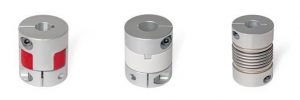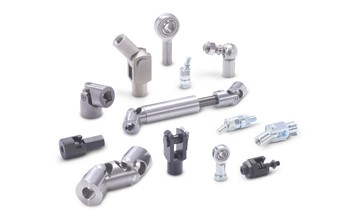
This group includes universal joints, universal joint shafts as well as ball joint heads, fork joints and fork heads. Angled ball joints, ball joints and quick-fit couplings are also included.
Universal joints
Universal joints transmit rotation and torque from shafts that can be at a changeable angle to each other. A variety of materials are available as well as designs with friction bearings and with needle bearings for higher demands.
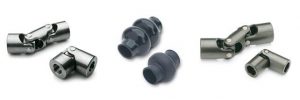
Universal joint shafts
Universal joint shafts transmit rotation and torque from shafts that can be at a changeable angle, offset and distance to each other. A variety of materials are available as well as designs with friction bearings and with needle bearings for higher demands. The length compensation is achieved with a splined shaft, which is inserted into a sliding sleeve.
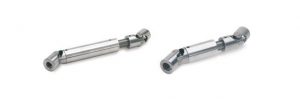
Ball joint heads
Ball joint heads transmit traction and thrust from linkages and lever arms and are insensitive to wear, especially under high alternating loads and impact in a radial/axial direction.
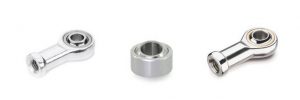
Fork joints, Fork heads
Fork joints, fork heads and joint pieces transmit traction and thrust from linkages and lever arms. Several varieties with pins secured in different ways as well as a rotatable designs are available.
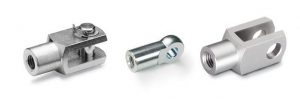
Angled ball joints
Angled ball joints are composed of ball sockets and spherical pivots. They transfer traction and thrust from linkages and lever arms that can rotate and be at an angular offset relative to each other.
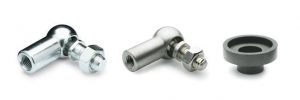
Ball joints
Ball joints allow holders for scanners, lighting or monitors to be positioned precisely and smoothly about the ball pivot point. Thanks to the efficient clamping mechanism, only small amounts of torque result in comparatively strong clamping pressure on the ball.
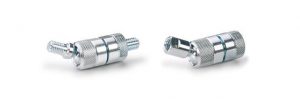
Quick-fit couplings
Quick-fit couplings are used to compensate for a radial offset, such as of a pressure cylinder piston rod relative to the driven component. Depending on the design, even gap-free compensation of an angled offset is possible.
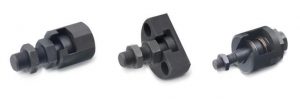
Couplings
- ompensating for shaft offsets and misalignments
- Absorbing runout errors and axial motions
- Damping vibrations and shocks
